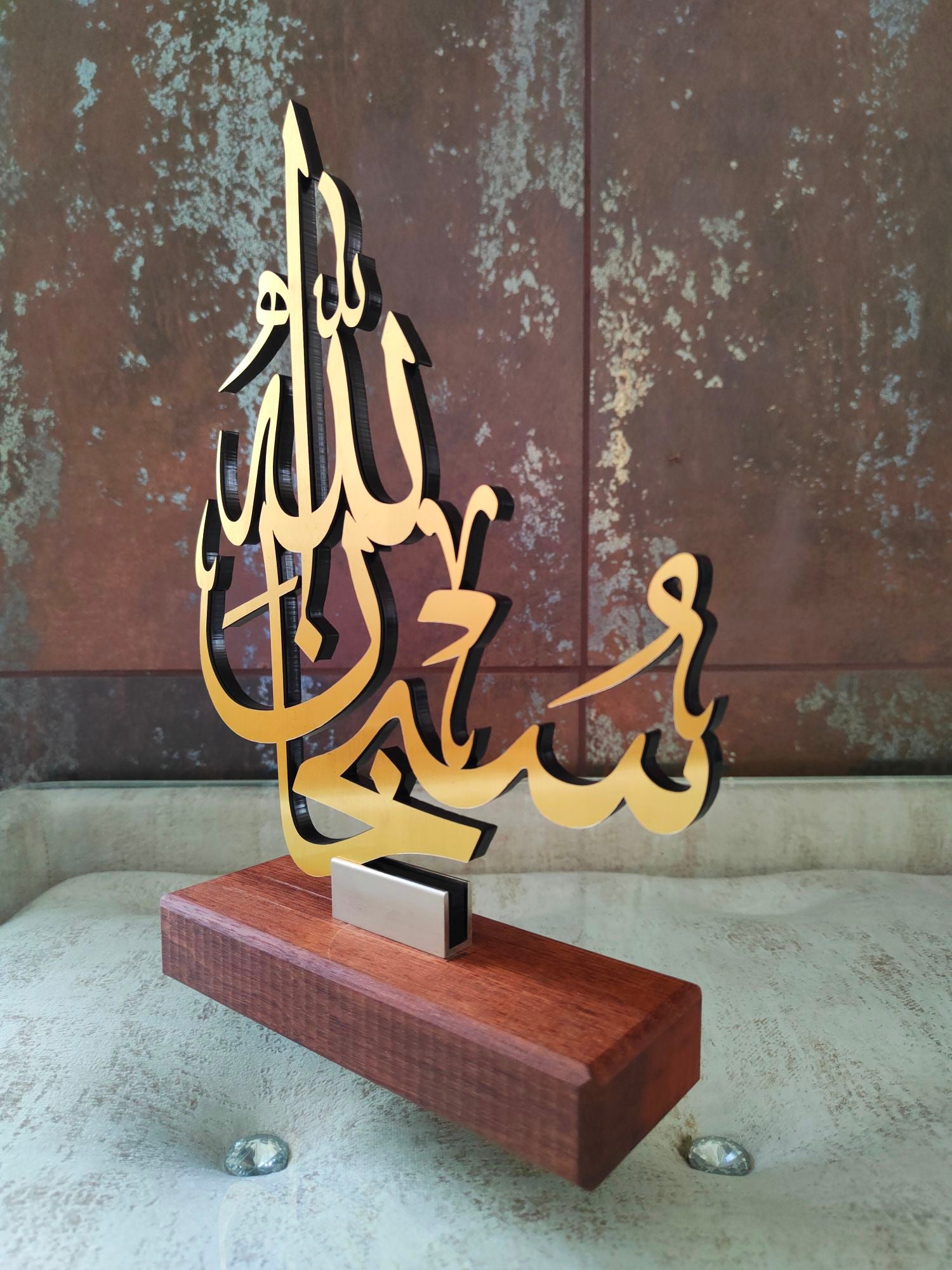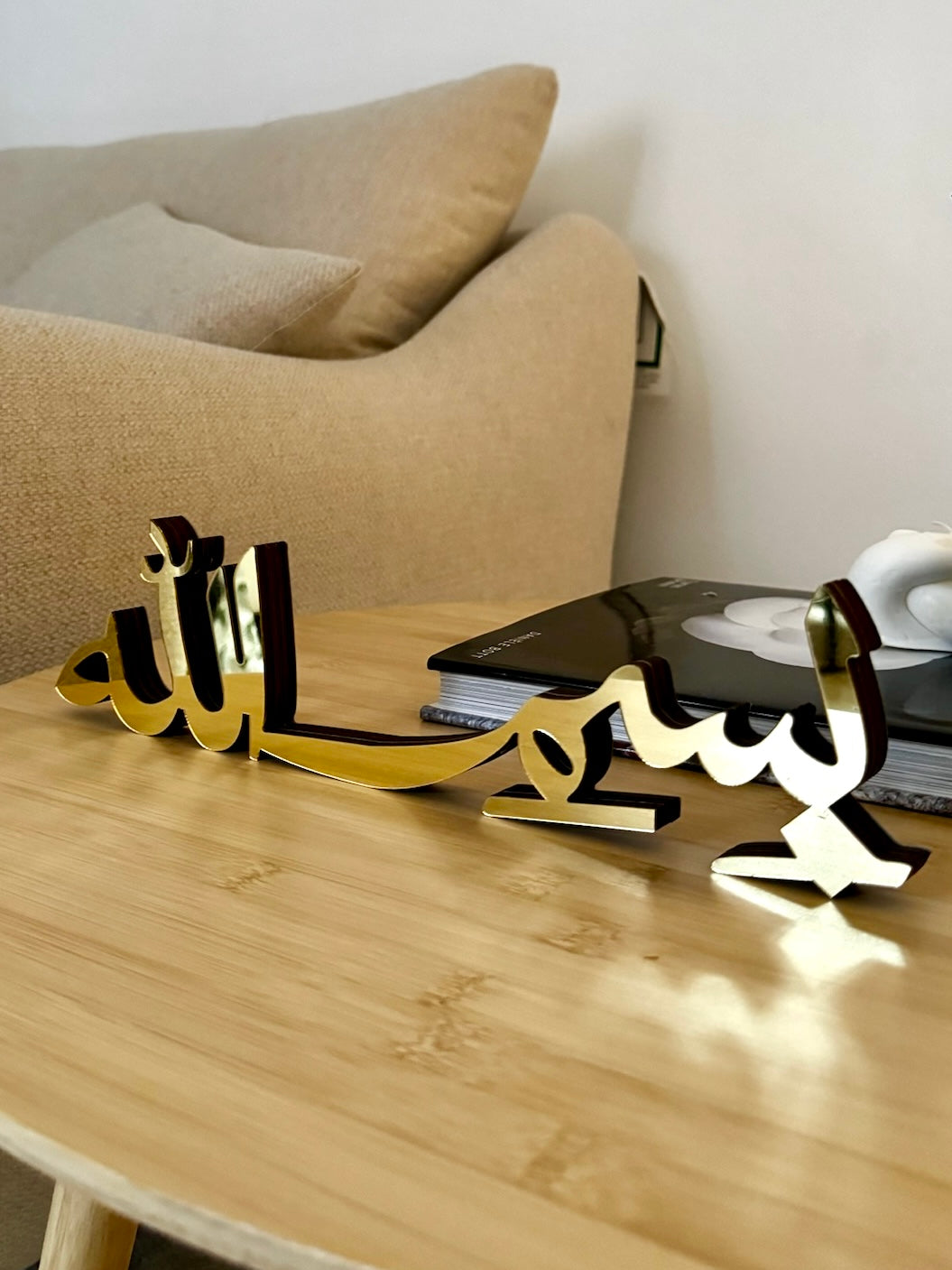Decorating your table in an Islamic style can transform your dining experience into a celebration of art, culture, and spirituality. With a mix of contemporary and traditional elements, Islamic table decor can reflect your personal style while honoring your heritage. Drawing from my own experiences, I’m excited to share tips, styles, and ideas to create the perfect Islamic-inspired table setting.
Understanding Islamic Table Decor
Islamic table decor is characterized by intricate patterns, vibrant colors, and a balance that creates an inviting atmosphere. The essence of this decor lies in its ability to showcase beauty while encouraging hospitality—a core value in Islamic culture.
The Significance of Table Decor in Islam
Table settings in Islamic tradition are not just about aesthetics; they are also about generosity and community. Gathering around a beautifully set table can strengthen bonds with family and friends, making every meal a cherished experience.
Styles of Islamic Table Decor
Various styles can be integrated into your table decor, each with its unique charm. Here’s a breakdown of some notable styles.
1. Traditional Islamic Decor
This style is rooted in cultural heritage and often features:
- Intricate tile designs
- Crescent and star motifs
- Mosaic patterns
- Rich colors like gold, deep blue, and emerald green
2. Contemporary Islamic Decor
Blending modern design with traditional elements, contemporary decor may include:
- Minimalistic tableware
- Subtle geometric patterns
- Neutral color palettes with bold accents
3. Rustic Islamic Decor
This style incorporates earthy tones and natural materials, featuring:
- Wooden serving dishes
- Handmade textiles
- Terracotta or stone utensils
Essential Elements of Islamic Table Decor
To create an aesthetically pleasing table, consider incorporating these essential elements:

1. Tablecloths and Runners
Opt for tablecloths that feature traditional patterns or bold colors. A patterned table runner can add depth and interest.
2. Dinnerware
Choose dinnerware that reflects Islamic art. Look for plates and bowls with intricate designs or calligraphy.

3. Centerpieces
A beautiful centerpiece is crucial. Consider:
- Flower arrangements in ornate vases
- Candles in decorative holders
- Lanterns or traditional Islamic lamps
4. Serving Utensils
Wooden or brass serving utensils add an elegant touch. Ensure they resonate with the overall decor theme.

5. Decorative Accents
Small accents, such as coasters, napkin holders, and trays, should also reflect Islamic artistry.
Step-by-Step Guide to Setting a Beautiful Islamic Table
Follow these steps to create an inviting table setting that reflects your style:

Step 1: Choose Your Base
Select a tablecloth or runner that sets the tone for your decor.
Step 2: Layer Your Dinnerware
Place plates, bowls, and cups using symmetry for visual appeal.

Step 3: Create a Centerpiece
Use flowers, candles, or lanterns to craft a focal point.
Step 4: Add Serving Utensils
Arrange serving dishes and utensils around the centerpiece, ensuring they are accessible.

Step 5: Finishing Touches
Incorporate decorative accents like coasters or patterned napkins.
Comparison Table: Traditional vs. Contemporary Islamic Table Decor
| Aspect | Traditional Decor | Contemporary Decor |
|---|---|---|
| Patterns | Intricate and ornate | Simplistic and geometric |
| Color Scheme | Rich, vibrant colors | Soft, muted tones with bold accents |
| Materials | Natural fabrics and ceramics | Modern materials like glass and metal |
| Table Settings | Layered and embellished | Minimalistic and functional |
Pros and Cons of Islamic Table Decor
Pros
- Encourages hospitality and community.
- Rich in cultural heritage and artistry.
- Versatile styles to fit any occasion.
- Creates a unique dining experience.
Cons
- May require more time to set up compared to minimal decor.
- Finding authentic pieces can be challenging in some regions.
- Intricate patterns may clash with modern decor styles.
Incorporating Personal Touches in Islamic Table Decor
Adding personal touches can make your table decor truly unique. Here are a few ideas based on my experiences:
Use Family Heirlooms
Incorporate traditional family pieces such as ceramics, embroidered tablecloths, or inherited serving utensils to carry on family traditions.
Customize with Calligraphy
Utilize calligraphy art featuring meaningful quotes from the Quran or Hadith that resonate with you and your family.
Seasonal Decor Changes
Change your table decor with the seasons or for special Islamic holidays, using colors and elements that reflect the occasion.
Frequently Asked Questions (FAQs)
What are the key elements of Islamic table decor?
The key elements include intricate dinnerware, patterned tablecloths, artistic centerpieces, and decorative accents that reflect Islamic art.
How can I make my Islamic table decor more modern?
Opt for simplified designs, choose neutral color palettes with bold accents, and use minimalist tableware with subtle patterns.
Are there specific colors associated with Islamic decor?
Islamic decor often features rich colors like gold, blue, green, and red, but modern interpretations might incorporate softer, pastel shades.
Conclusion
Islamic table decor is more than just setting a beautiful table; it’s about creating an environment that fosters connection, celebration, and spiritual reflection. By understanding the styles, essential elements, and personal touches you can incorporate, you’re on your way to creating a space that embraces both tradition and modernity. Happy decorating!